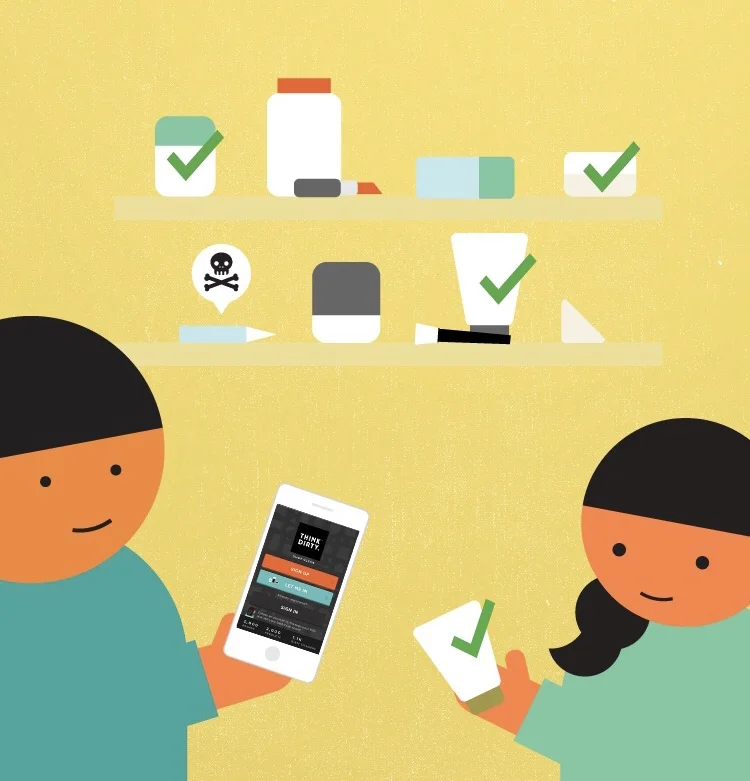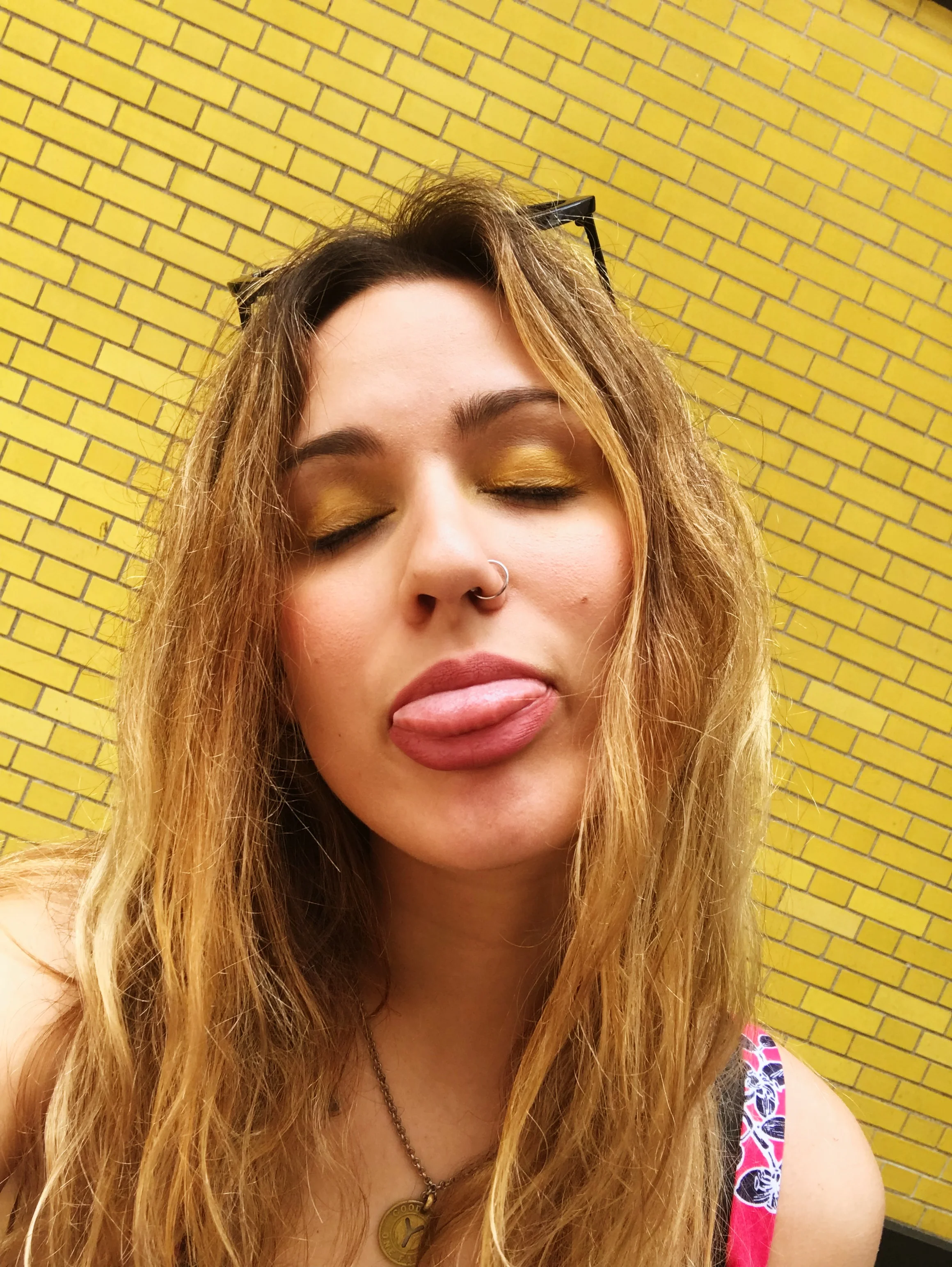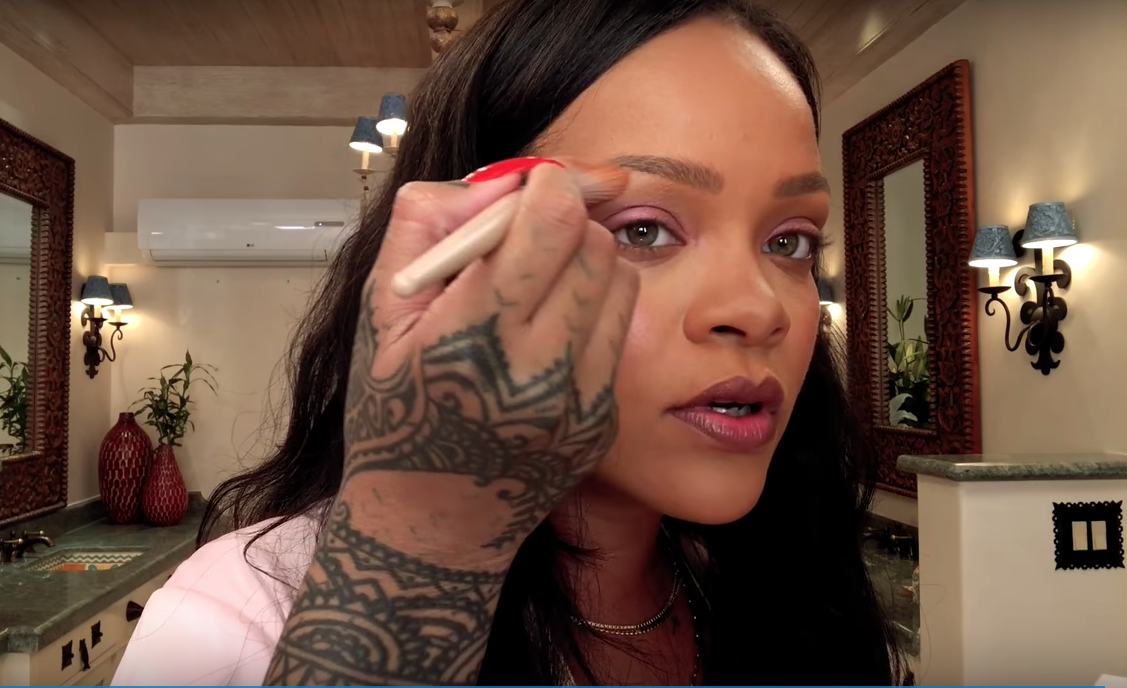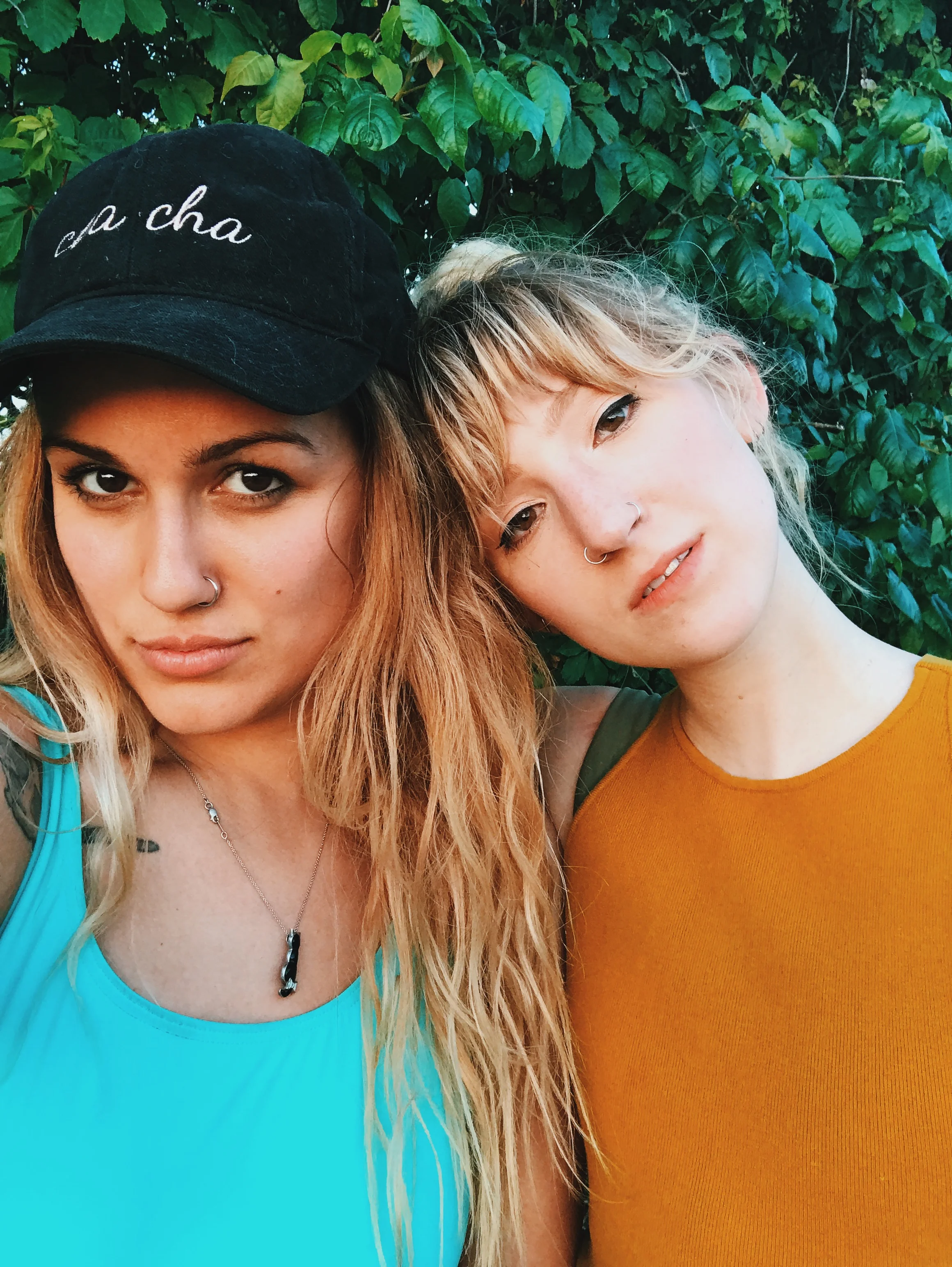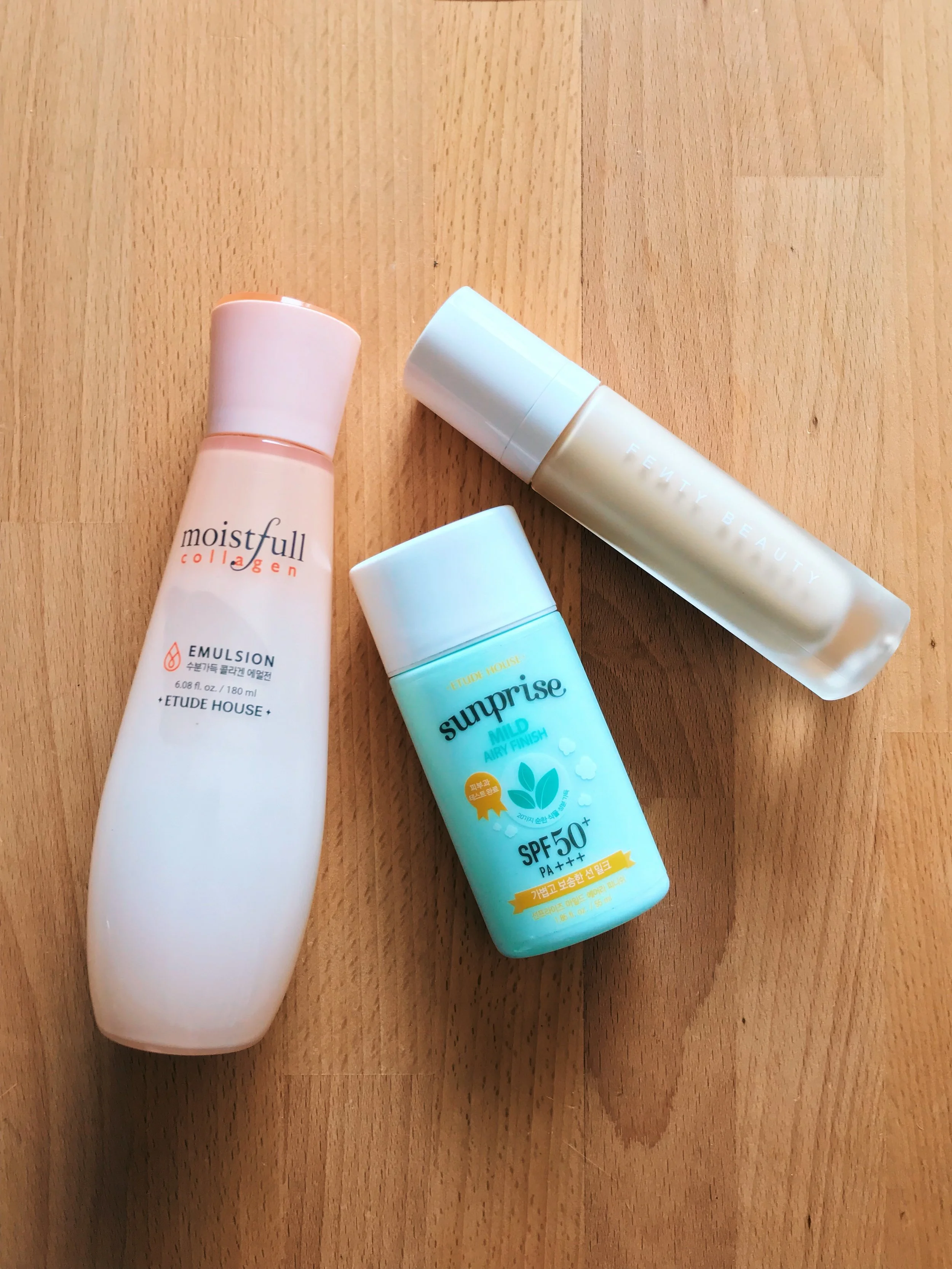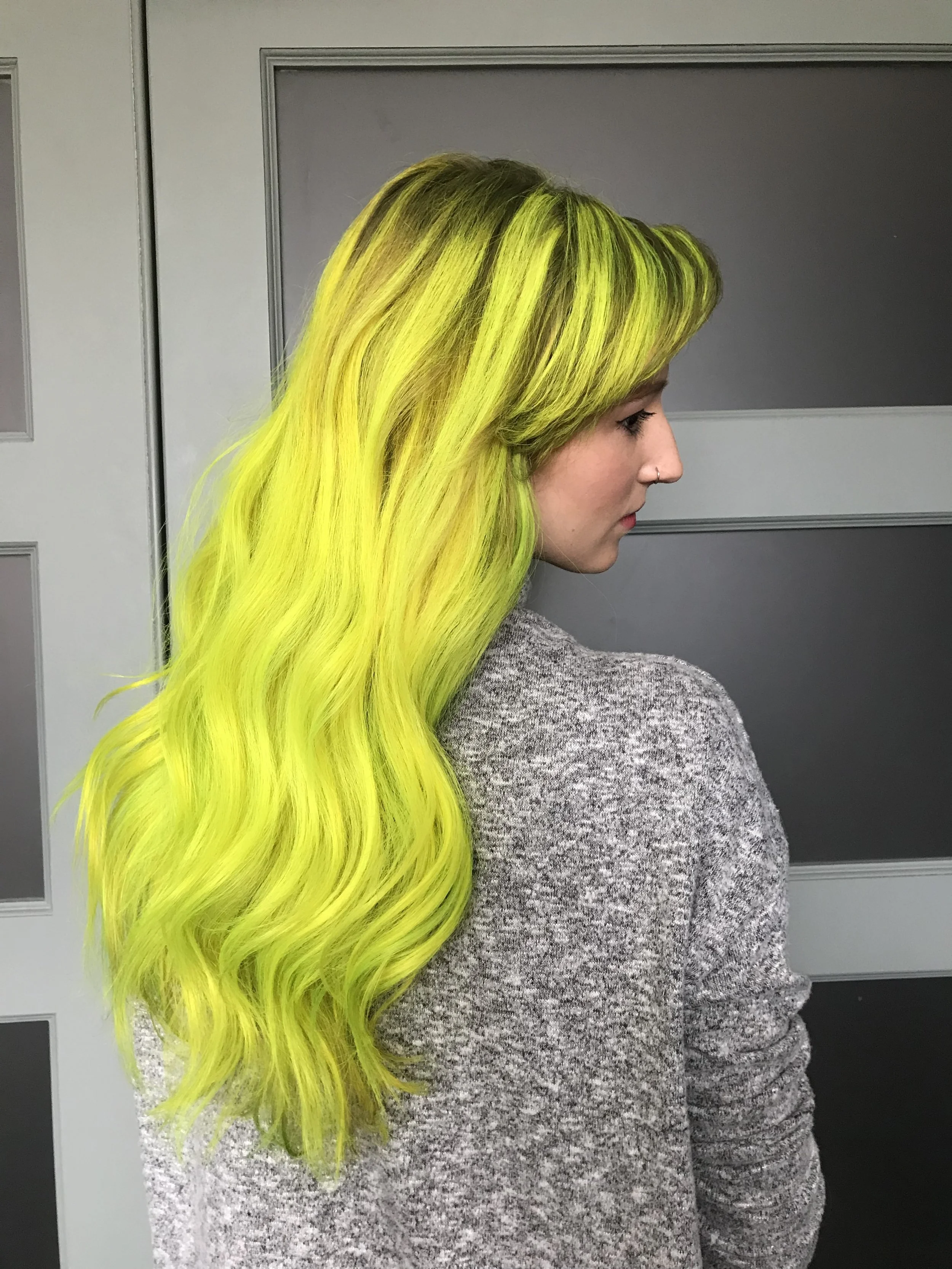If you’re reading Beauty Dummy, chances are you actually care what you’re putting on your body. The sad truth of the cosmetics and personal care industry is that it is playing a detrimental role in our health. So many mystery chemicals are in a single face wash that we’re left wondering what consequences we might suffer from daily contact. WE WANT ANSWERS! Luckily for us all, there’s easy way to get them with an app called Think Dirty. It’s designed to tell you about all the toxicity lurking in your beauty and personal care products. This is the most user friendly app we’ve found to quickly get the scoop on a product before we make a purchase – so we’re telling everyone we know about it. Here’s the scoop.
What it is
An easy to use interface that rates personal care and cosmetics by their health hazard level
Why You Need it
What we don’t know about the majority of products and what’s in them IS WILD
When we dived into figuring out just How Safe Is Your Nail Polish, our research brought to light some upsetting figures about how the US has been keeping nasty chemicals on our shelves. Even if you aren’t opposed to having chemicals in your products, it’s important to be aware of what they are and how they could affect your body and health.
Take fragrance, for example. Turns out it's a dirty word - “fragrance” (unless it’s specifically derived from natural ingredients) is actually a code word for hundreds of different, unlisted chemicals. It’s usually tucked away in an ingredients list close to the bottom and easily overlooked. But some of these unlisted chemicals have been associated with health effects, and we deserve to know.
If you have allergies or skin irritations to preservatives or ingredients commonly used in beauty or household products, the app can help you keep an eye out for them.
You can easily scan the barcode of products before you purchase them, or afterward to keep track of what’s in your cabinet.
For products that have a high toxicity rating, Think Dirty will recommend an alternative.
How it works
Hazard ratings are evaluated for evidence of carcinogenicity, developmental & reproductive toxicity, and allergies/immunotoxicity.
Rates exclusively on the chemical content of products, based on publicly available data released by non-profit and government agencies in North America
Avoids “greenwashing,” which includes taking into account a product manufacturers environmental and social responsibility which can lead to a falsely low toxicity rating (corporations be lyin’)
There are TONS of products available in their database which include over 4,000 brands and 860k products with 13.4M unique scans.
If you find something they don’t currently have in their database it’s super simple to add it in.
the history
After Think Dirty founder, Lily Tse, experienced cancer in her family she became involved in several pink ribbon-related events and fundraising efforts. Recently Think Dirty partnered with the Breast Cancer Fund and their Campaign for Safe Cosmetics which promotes safer cosmetics and personal products through daily habits. Their aim is to cut through the BS of “all-natural” or “organic” labels and create transparency in labeling cosmetics. Although there are a few other resources out there for customers to find information, there hasn’t been any tools for consumers to EASILY get access to this information. Think Dirty’s main task is empowering people by allowing them to make informed decisions on what products to purchase, and improving the safety of the cosmetics industry as a whole.
What Makes It Legit
No “greenwashing” means during assessment, they don’t take into consideration the environmental or social responsibility of a product’s manufacturer which can allow a product to receive and artificially low toxicity rating. Their biggest concern is just on the possible impact of a product on an individual’s health, and that’s what their ratings are based on.
Think Dirty’s Founder as well as an Advisory Board (all of whom have extensive experience in fields like Medicine, Biochemistry, Biology, Physiology, Environmental Toxicology, Environmental Health & Safety, and Chemical Engineering) perform the evaluations. They also have experience working with Health Canada, the US Food & Drug Administration, the European Medicines Agency, Environment Canada, the US Environmental Protection Agency, and other related government and not-for-profit agencies.
For more information on Think Dirty's sources visit https://www.thinkdirtyapp.com/about/methodology/index.php
it's important to note...
Even though we are totally obsessed with this app, keep in mind that this is a tool designed to help you navigate the overly complicated world of cosmetics and personal care products. Every consumer has different needs and goals when it comes to purchasing products for themselves. Think Dirty can help you easily figure out which products may not work for you. For example: preservatives (which are required if a product contains 1% water or more, and can also range from safe to toxic) have a higher hazard rating. Also, known allergens or ingredients that can irritate the skin in high quantities (like natural citrus or peppermint oils) may also rank higher. This will result in the final score of the product looking more hazardous than it actually may be for each individual. Don’t just immediately put down a product if it’s ranked higher than 3, instead look at the context of the rating and decide if it’s right for you.
